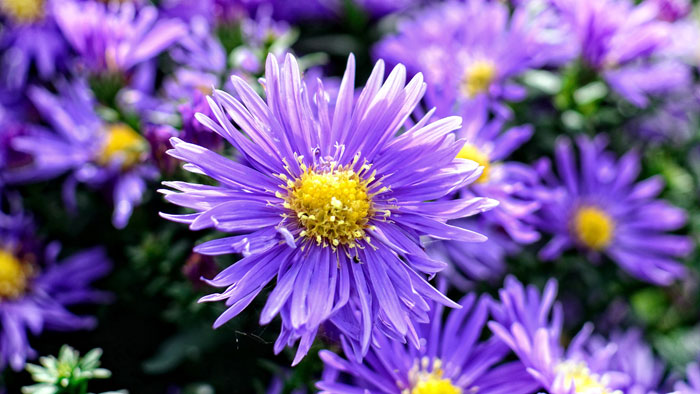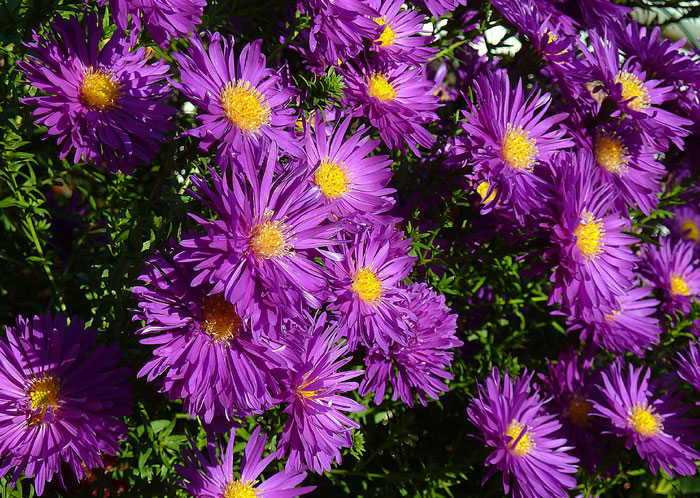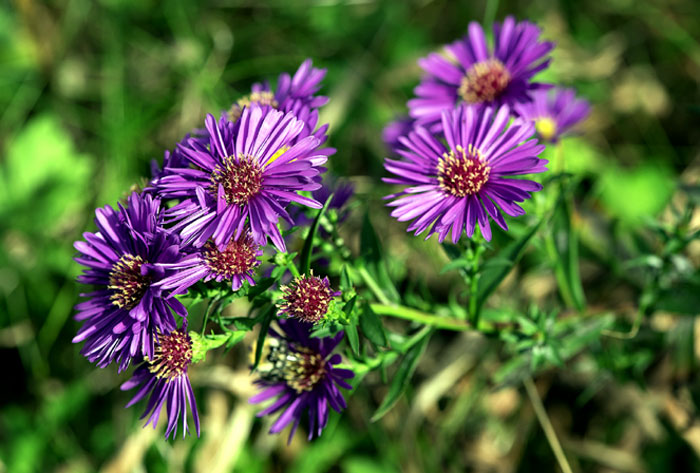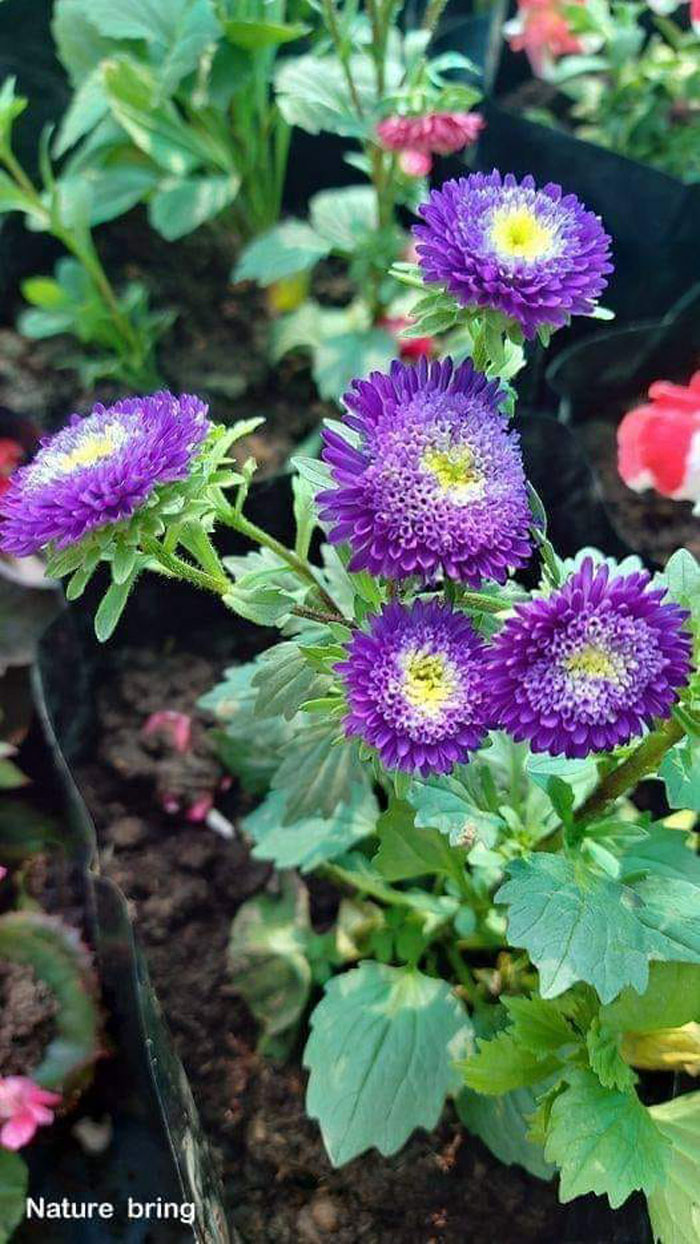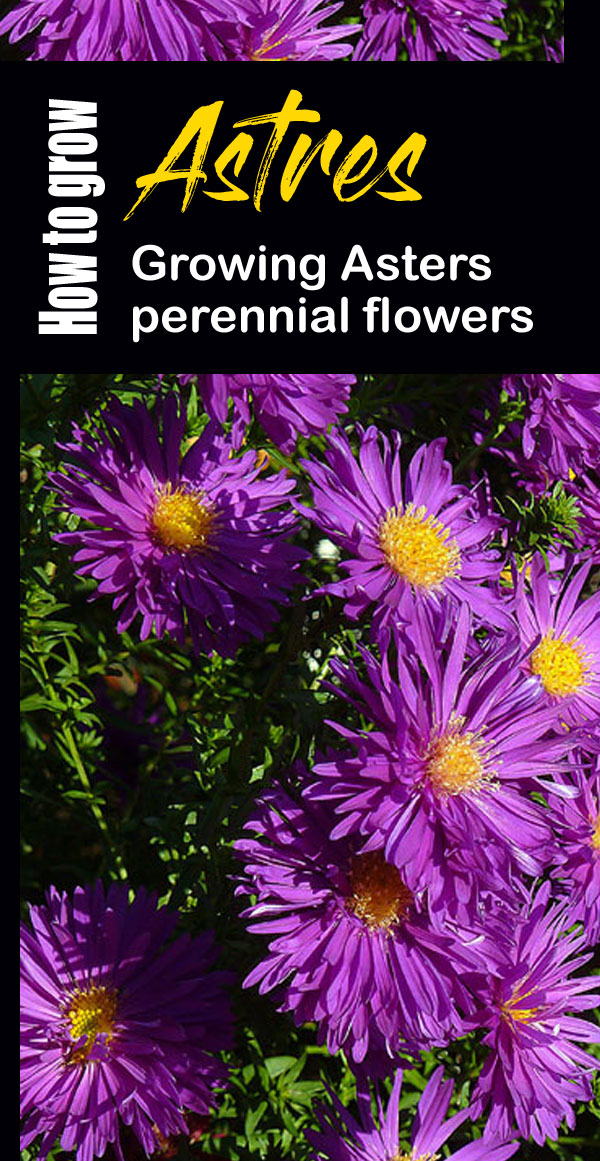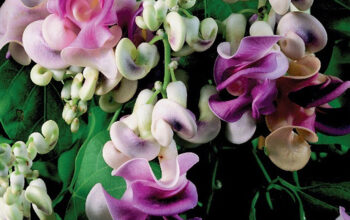Growing asters flower
Asters perennial are important blooms in gardens, and roadside in various colors and types, from summer to fall. These flowering plants are usually white, pink, purple, red, yellow, and blue. U S people plant this as a perennial, and it grows easily in the US. Department of Agriculture hardiness zones 3-8. Know Aster care, Growing Asters, How to grow Aster perennial, pests, and disease, and aster flower care advice by our experts.
The height of the aster flower plant is about 3 to 4 feet, six hundred or more varieties of it are found. It is easy to care for, including stacking or pruning for long asters varieties.
Overview Asters
Scientific name Astereae
The common name Aster, Italian Aster, Aster amellus
Plant type Flower plant
Sun requires Full sunlight/part sun
Flower colors White, Blue, Red, Pink, Purple
Blooming time Summer to fall
Soil Rich loam soil
Soil pH 5.8-6.5
Zone 3-8
Propagation Asters
However, aster is easily grown by seed, but some gardeners propagate it by the dividing method to spread their plants.
How to grow Aster from seeds
- If you want to grow it with seeds, then the best time to sow can start indoors is about 6 weeks before the last In the garden outside you can sow in late spring or early summer.
- Fill the sterile potting mixture in a pot about 2 inches in diameter and begin to seed. Sterile potting mixtures act as an antidote for new germination and disease problems.
- Check the required drainage in the pot, soil moisture is required. Place a drainage tray after planting the plant, give water until it is collected on the tray.
- Plant two seeds about 1/8 inch deep in the pot and cover it with light soil. Water the surface after planting. Cover the pot with a plastic sheet, so that the seeds retain the necessary moisture. Keep the pot indoors to maintain the moisture.
- Check the seedling pot regularly; it takes about 10 days for the seeds to germinate. When germination appears, remove the plastic sheet. Place your pot on the window where it can receive good sunlight.
- Plant the Aster thinly in different pots, cut the weak seedlings for a stronger plant.
- Maturing Asters (about 6 inches tall) can transplant outside into partial shade or full sun after your frost has ended.
- Plant the plant at a depth of germination, and keep it about 18 inches apart in all directions.
By division
If you want to grow aster plants by dividing, then you should have plants in your garden, or at a friend’s place. You can get the flowers directly by taking the plants and planting them in your garden!
How to care Asters
Soil and Location
These plants prefer well-drained and moist soil, the average rich soil is better for this. The Aster amellus cultivars are drought-tolerant and perform well in dry soil. For these plants, choose a place where there is full sun or partial sun.
Watering
Aster initially requires about 1-inch water per week to be established. Once established, they can tolerate drought conditions.
Do not water the plant from above, water the surface of the plant, so that the leaves remain dry. These plants may be susceptible to powdery mildew.
Fertilizer
Enrich the soil with fertilizer, using a thin layer of compost each spring. For this average rich-rich soil is better, use a balanced fertilizer. For better results, use a balanced, general-purpose fertilizer in the soil once a month, too much nitrogen will make the plant unnecessarily tall. Apply fertilizer according to the orders directed on the label.
Pests and disease
Aster flower doesn’t have any problems with pests and diseases. Some of its varieties may cause common diseases such as yellow mildew, rust, leaf spots, stem cankers. These are difficulties with aphids, mites, slugs, and nematode pests, but treatment with the appropriate insecticide or fungicide is possible. You are better off choosing disease-resistant varieties.
Read also
How to grow and care Coreopsis, Growing Tickseed. Jade Plant growing indoors. Know how to grow Pansy flowers. Onion growing in containers. Growing Black peppers in containers. Sabudana Vada recipe easy recipe. Cantaloupe’s growing and caring tips. Oregano growing guide. Bleeding hearts flowers growing tips. Poppies growing and care tips. Coriander Growing and care in containers. Celery growing in containers. Peachtree growing in containers. Peartree growing in containers. Longan tree growing and care guide.
Happy Gardening
For pin:

